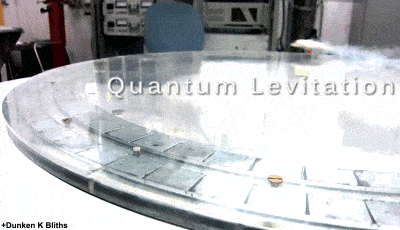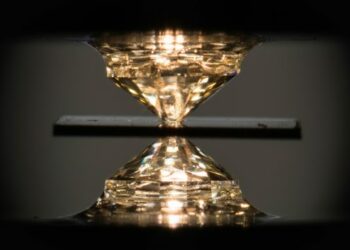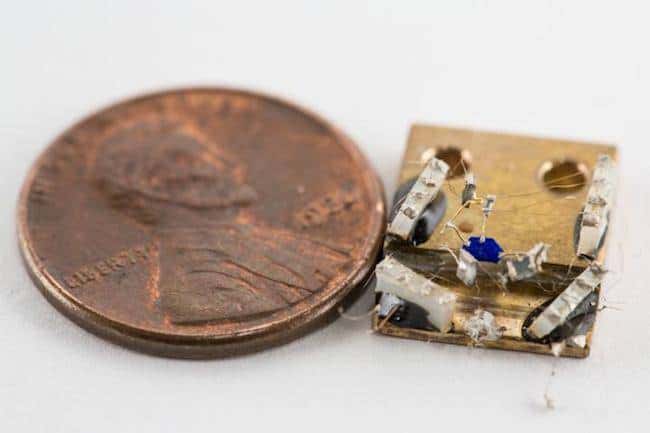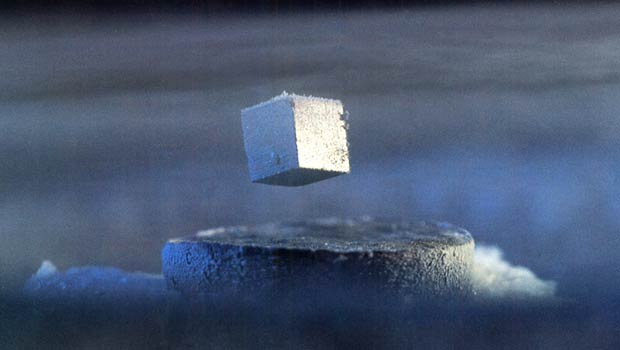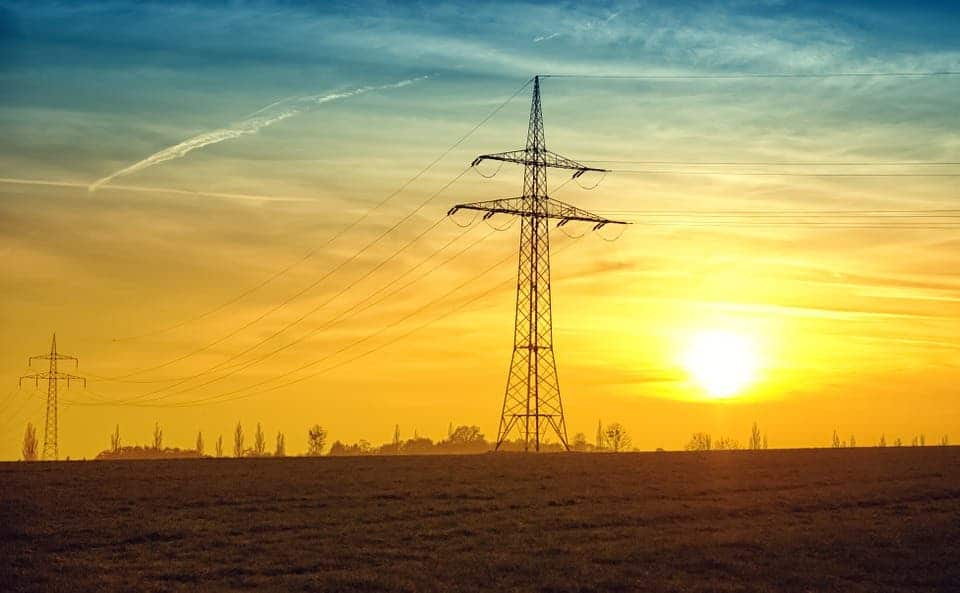
Researchers working at the Eurotapes project, the biggest effort ever launched by the European Commission for the development of superconductor materials, just announced a huge breakthrough. Namely, the researchers devised a superconductive tape that’s cheaper and more efficient than previous renditions. Such a material is expected to form the backbone of Europe’s new electrical highways.
Don’t resist progress
Superconductivity was first discovered by Dutch Physicist Heike Kamerlingh Onnes in 1911, when he and his students found that the electrical resistance of a mercury wire cooled to about 3.6 degrees above absolute zero made a dramatic plunge. The drop was enormous – the resistance became at least twenty thousand times smaller. Since then, much work was made to improve our understanding of this peculiar state. We now know superconductivity is a quantum mechanical phenomenon characterized by the Meissner effect – the complete ejection of magnetic field lines from the interior of the superconductor as it transitions into the superconducting state. The same effect is what causes quantum levitation.
Electricity travels on long-distance, high-voltage transmission lines, often miles and miles across the country. To keep losses to a minimum, the voltage in these lines can be hundreds of thousands of volts. However, energy is still lost because the conductor, typically made of copper, heats up. The longer the line, the greater the losses. In fact, you can ever hear these losses down power lines — it’s that crackling sound.
Superconductivity promises to do away with such losses — the only problem is you have to cool the superconductive cables with liquid nitrogen. Imagine doing that for hundreds of thousands of miles of transmission lines; it would be practically impossible at such a large scale, which is many scientists dream of a material that’s superconductive at room temperature. Right now, the record is held by cuprates, which have demonstrated superconductivity at atmospheric pressure at temperatures as high as 138 K (−135 °C), and 164 K (−109 °C) under high pressure.
The superconductive tape developed by Eurotapes doesn’t work at room temperature but results so far are encouraging.
“This material, a copper oxide, is like a thread that conducts 100 times more electricity than copper. With this thread you can for example make cables to transport much more electricity or generate much more intense magnetic fields than today,” said Xavier Obradors, of the Institute of Materials Science of Barcelona.
The real breakthrough lies in the production unit as the researchers demonstrated it’s possible to manufacture 600 metres (1,968 feet) of the tape. This will help the European Commission meet its goal for the coming decades of re-wiring the continent’s power lines with a much lower voltage than current transmission lines, carrying direct current with an energy efficiency of 95%.
“In the long run, the project will make renewable energy more competitive by allowing off-shore wind turbines to produce a higher amount of electricity, thanks to higher energy efficiency and cost reduction of the generator”, Obradors said.
Moreover, Obradors and colleagues are also working on superconductive generators which are much lighter than conventional ones (only a third of the weight) and produce more electricity. Obradors says that if we’d replace conventional generators with superconductive ones, a single wind turbine could produce between two and three times more electricity.
Eurotapes is a four and a half year project funded directly by the European Commission with 20 million euros. It’s an collaborative effort involving researchers from University of Cambridge, University of Antwerp, University Autonoma de Barcelona, Technical University of Cluj-Napoca, Ghent University, Vienna University of Technology, Institut de Ciencia de Materials de Barcelona, ENEA, IEE Slovak Academy of Sciences, Institut Néel CNRS, IFW, LEITAT, Bruker, Evico, Theva, Nexans, La Farga, Oxolutia, KIT and Deutsche Nanoschicht.
